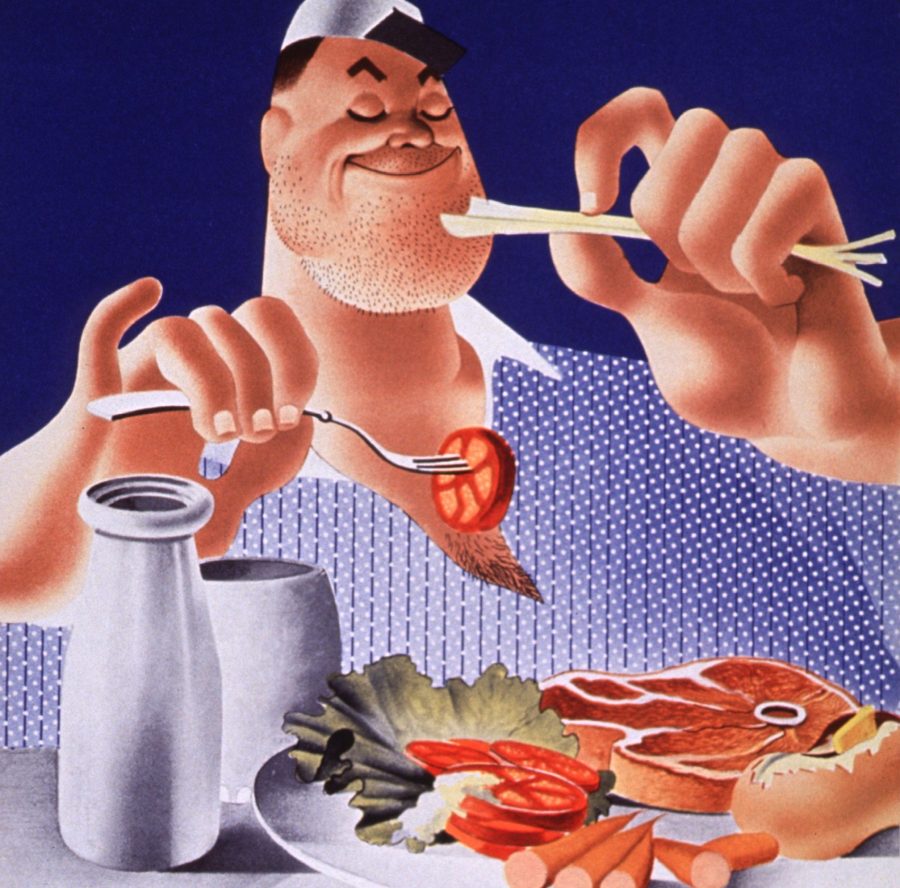Butter and the History of U.S. Dietary Guides since 1894

Creamy, sometimes salty, and optimistically yellow, butter is one of my favorite foods. It’s also a scientific and cultural barometer. For the first half of the twentieth century, nutritionists enthusiastically endorsed butter as a good source of energy and part of a healthy, moderate diet. Early government-issued food guides endorsed eating enough food, as public health efforts focused on such problems a nutritional deficiencies and inadequate diets, particularly for children. Since then, increased food availability, changing disease patterns, and additional research have reshaped food and nutrition guidelines, changing perceptions of butter along the way. Butter’s shifting nutritional status provides a window into major developments in dietary advice and public health. The following food guides sought to communicate each historical moment’s…
